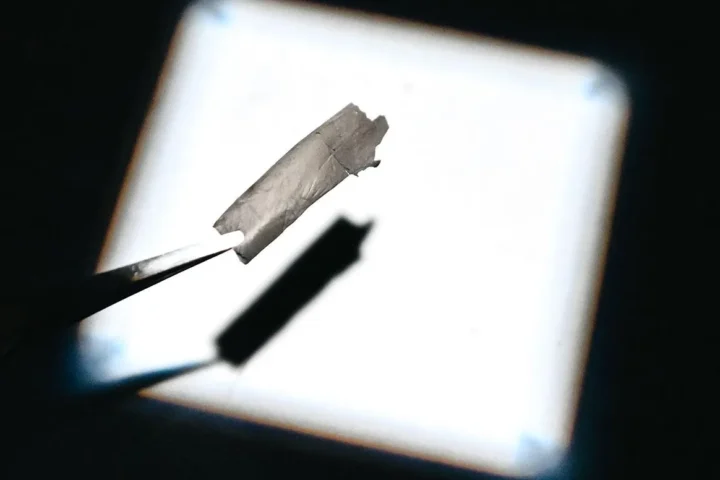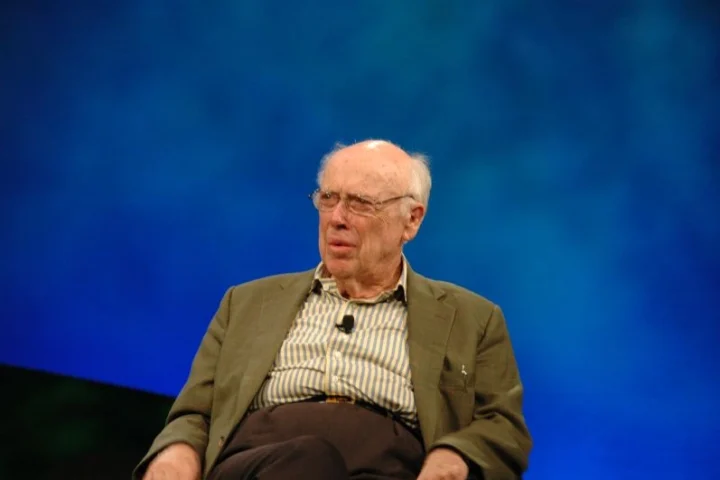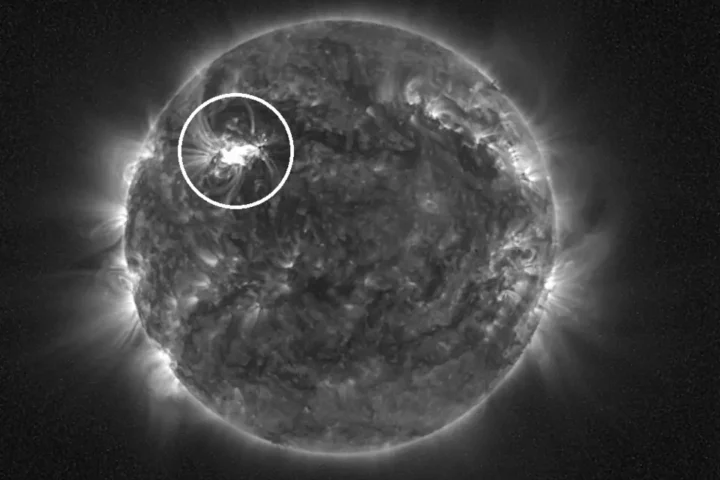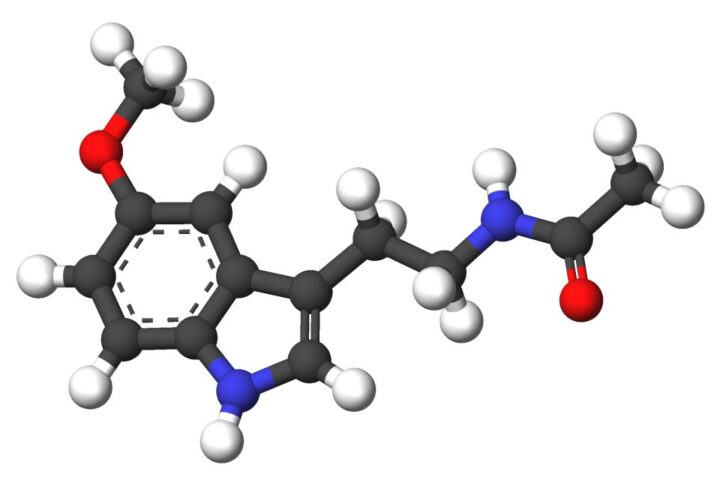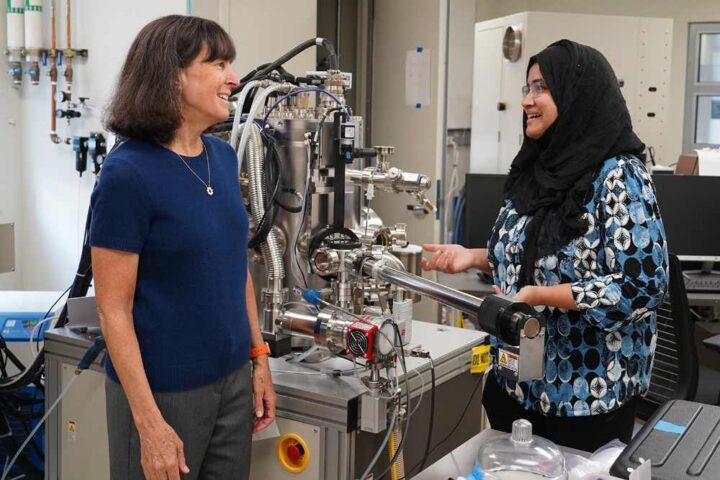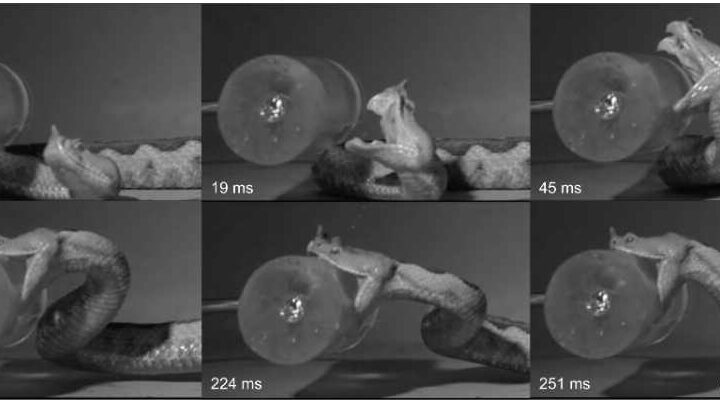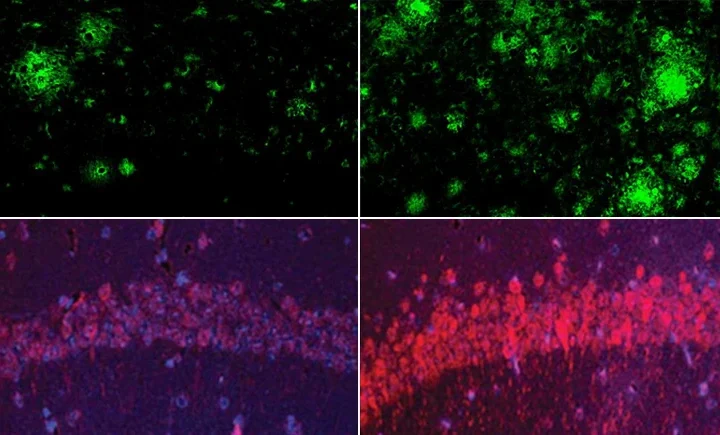For the first time, researchers teleported a quantum state (a single photon) across 30.2 kilometers (about 19 miles) of fiber-optic cable while that same cable carried 400 gigabits per second of normal internet data.
What makes this special is they didn’t need separate, dedicated lines for the quantum information.
“Nobody thought it was possible,” said Prem Kumar, who led the Northwestern research team. “This shows a path to unified fiber infrastructure” where both types of information can travel together.
The achievement matters because previous attempts required isolated quantum-only cables, which would be extremely expensive to build alongside our existing internet.
To make this work, the scientists had to overcome a significant challenge: noise from regular data typically destroys fragile quantum states. The team solved this problem by carefully selecting less-crowded wavelengths and using special filters to block interference.
In practical terms, this breakthrough means the future quantum internet could piggyback on our current internet infrastructure rather than requiring an entirely new network. This would save multi-million dollars in construction costs and speed development time.
Jordan Thomas, the first author of the research published in the journal Optica, explained how they achieved teleportation through a process called “entanglement swapping”—using a Bell-state measurement to transfer quantum properties.
The US government recognizes the importance of quantum technology, with the National Quantum Initiative directing over $1.2 billion annually into research. The Department of Energy recently awarded $24 million to three quantum-network projects to speed up development of city-scale test networks.
This work builds on earlier milestones, including China’s 2017 achievement with the Micius satellite that demonstrated quantum teleportation over 1,400 kilometers through space. However, the Northwestern experiment is the first to succeed within active internet cables.

The technology could eventually lead to unhackable communications, more powerful computing and better weather modeling. But don’t expect to teleport yourself anytime soon—this technique only works for quantum information, not people or objects.
While full-scale quantum networks are still years away, this breakthrough removes a major roadblock by showing quantum data can travel through our existing internet cables. This means the quantum internet might arrive sooner and cost less than experts previously thought possible.



